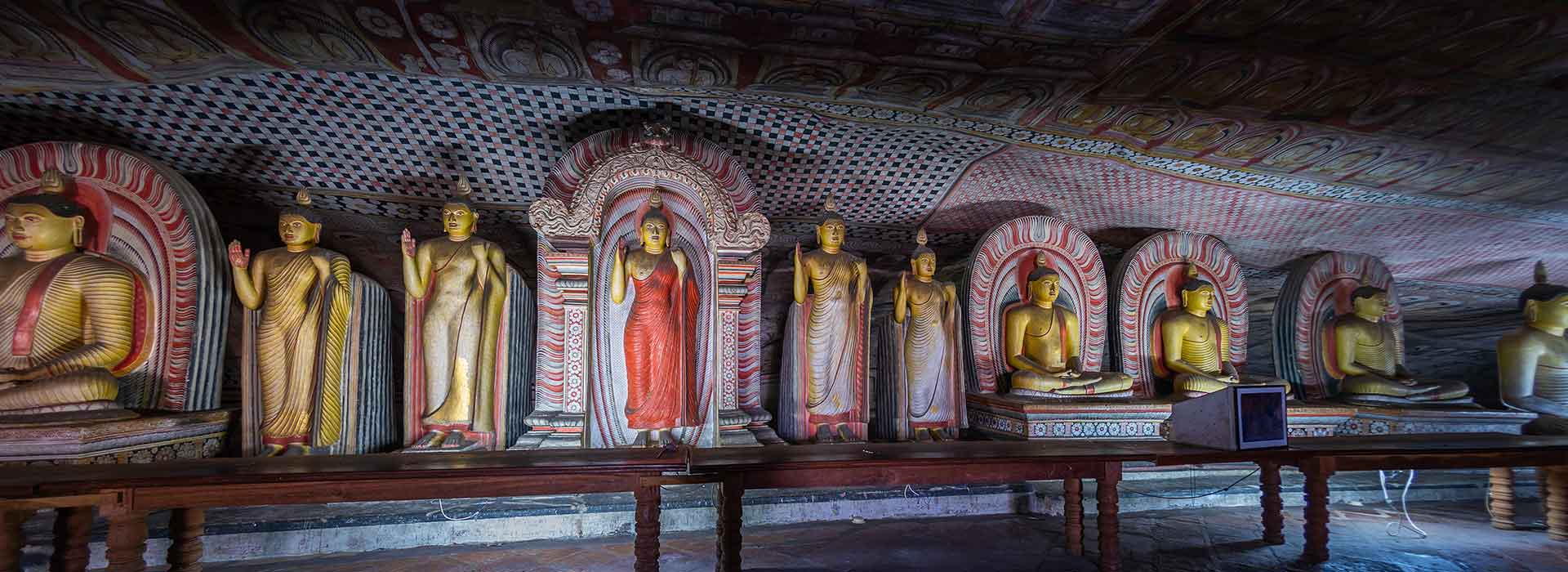UNESCO Sites to Cross off your Bucket List
Sri Lanka’s recorded history goes back thousands of years, but many of the structures built by civilisations long gone are still standing today. The cultural, educational, and scientific significance of these structures have contributed to certain locations in Sri Lanka becoming legally protected UNESCO World Heritage Sites.
Here are some key locations within Sri Lanka’s World Heritage Sites to cross off your travel bucket list.
1. Lion Rock, Sigiriya
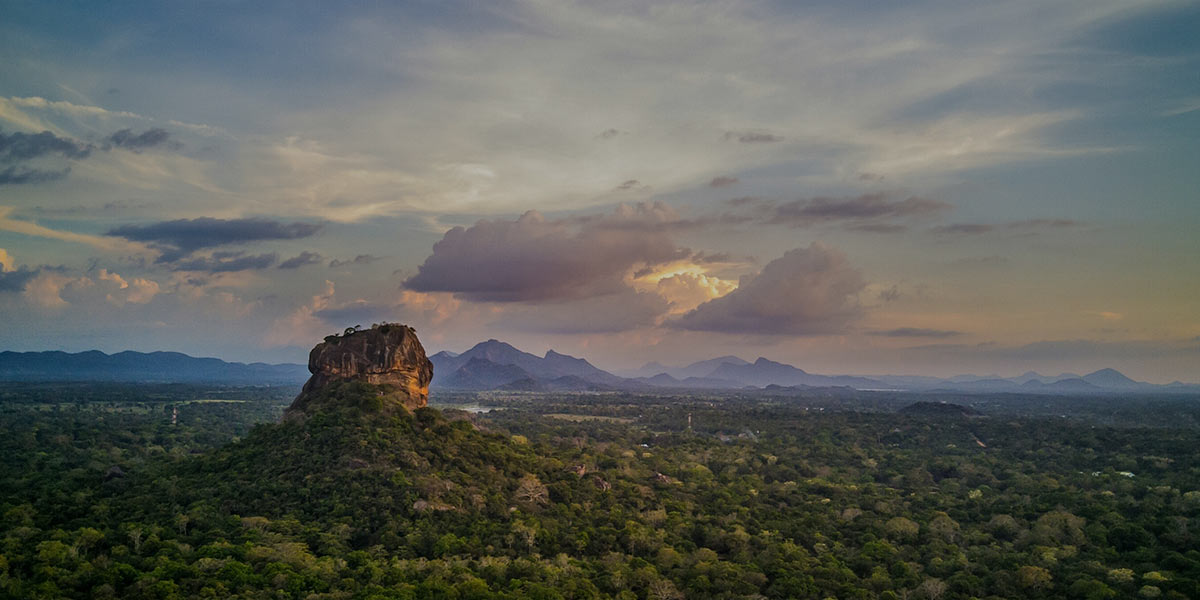
Somewhere between modern-day Habarana and Dambulla, the magma of an extinct volcano formed the rock plateau which was destined to become Sigiriya. The ancient fortress, also known as Lion Rock, is the 200m tall vertical wall of rock, ruins of what once used to be a stronghold. Built by King Kasyapa in the 5th century CE, the monolith is one of Sri Lanka’s greatest treasures. Within the remains of the fortress, frescoes could be spotted along the walls, depicting nameless women. The story originally intended to be conveyed by these paintings is yet to be deciphered. Of all the frescoes, only 18 have survived the test of time. The hydraulic system of the fortress is impressive, comprising bridges, dams, lakes, and even underground water pumps. The Mirror Wall of Sigiriya, at the time of construction, had been polished so thoroughly that it was as reflective as a mirror. Though it no longer retains much of its reflective quality, the Mirror Wall still stands today displaying a colour akin to rust.
2. Sacred City of Kandy
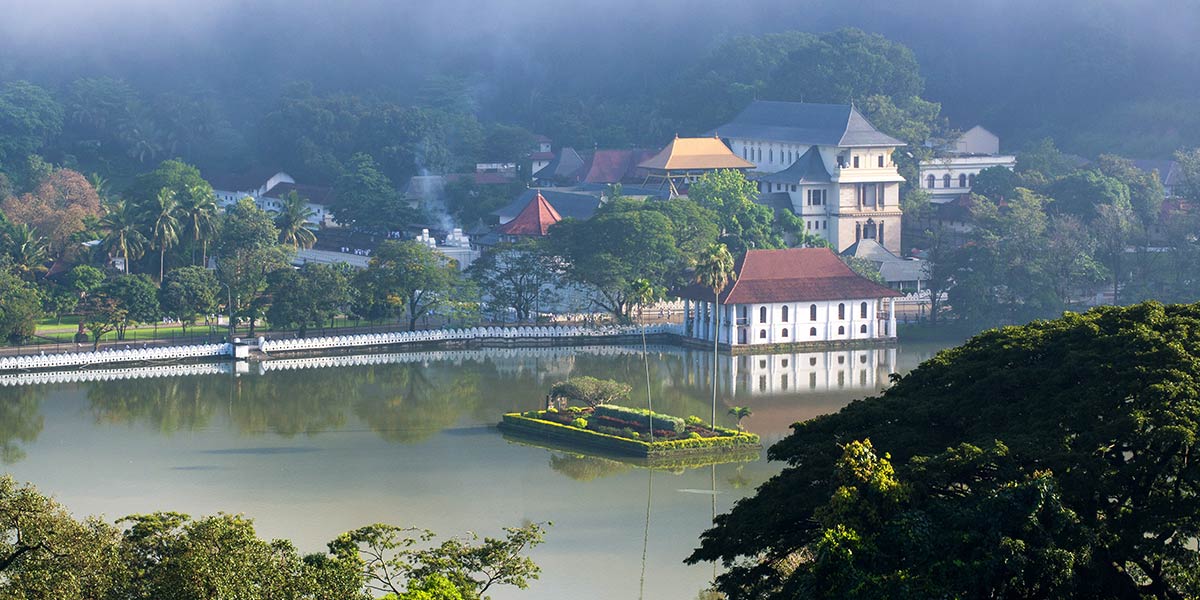
The last capital of the Sinhala kings, the Sacred City of Kandy, also known as Senkadagalapura, is the locale of the Sri Dalada Maligawa (Temple of the Sacred Tooth Relic). Thousands of Buddhists go on pilgrimage to the sacred city throughout the year to visit the Temple, which is believed to have been built in 1592 by King Vimaladharmasuriya I. It was initially a two-storey building, later expanded by King Vira Parakrama Narendra Singha—the last Sinhalese king of the Kandyan Kingdom—in the 1700s. Sri Lanka’s grandest parade, the Kandy Esala Perahera, kicks off at the Sri Dalada Maligawa, and is an important event for many Sri Lankans. Along with the religious significance of this site, it is important to note the political importance of the Sri Dalada Maligawa. Back in the day, those who held the Sacred Tooth Relic had power over the country in terms of governance. The Kandy National Museum, Royal Palace, and the Udawatta Forest Reserve are all located around the Temple in close proximity to the main structure.
3. Golden Temple, Dambulla
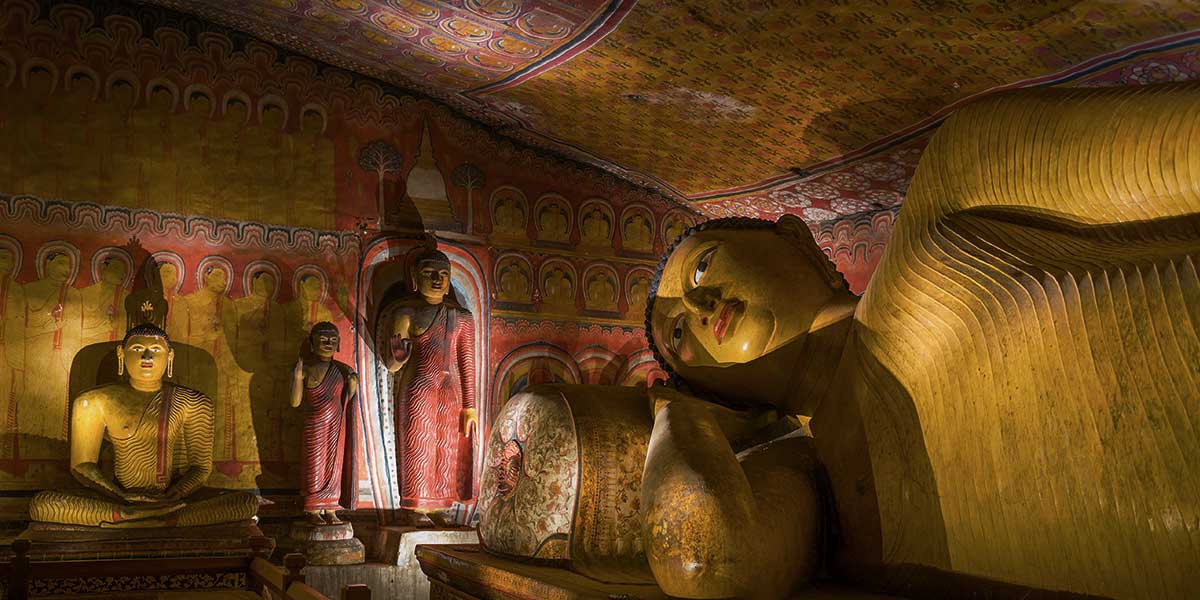
Dambulla, a town in the Matale district, is known for its many attractions, but perhaps its most significant one is the Golden Temple, a World Heritage Site. This cave temple stands 160m above ground, and to date, up to 80 caves have been discovered around it. Five particularly large caves serve as pathways to some of the Temple’s major attractions, which are mostly of Gautama Buddha, retelling the story of his life. The caves are located right below the massive overhanging rock. Murals cover the rocky walls of the Temple, spread out over an impressive area of 23,000 sq.ft. At the time of its construction, it was one of the largest monasteries in the country. It’s believed that King Valagamba was responsible for the building of this cave temple, circa 1st century BC.
4. Sacred City of Anuradhapura
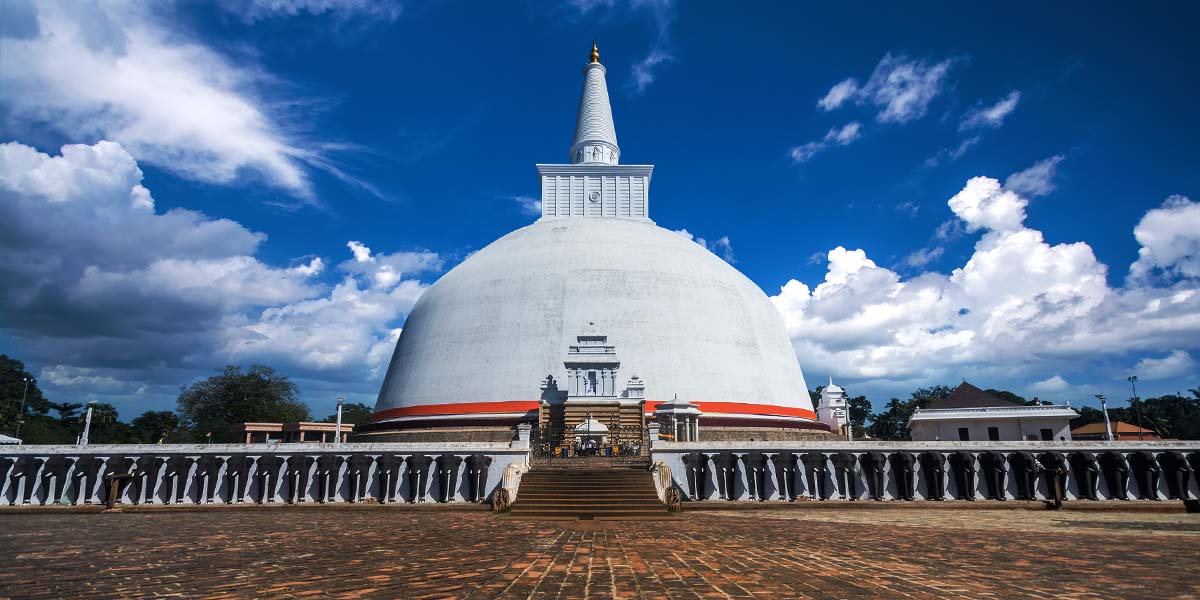
The capital city of the North Central Province, Anuradhapura, like Kandy, is a sacred city that holds considerable importance for Buddhist devotees. It used to be one of the capital cities of ancient Sri Lanka. The ruins are well-preserved and carry forth the history of its creators through its magnificent architecture. It’s also one of the world’s oldest continuously inhabited cities, adding to its significance.
The Jaya Sri Maha Bodhi, a sacred fig tree, can be found in Anuradhapura. It’s believed that this tree, planted in 288 BC, grew from a branch of the holy Bodhi tree in India under which Lord Buddha was enlightened. This makes it the oldest known human-planted tree in the world that’s still alive.
Hundreds of devout followers visit this tree every day to worship. Construction within 500m of the tree is banned, and other fig trees have been planted around the sacred fig tree to protect it from lightning and wild animals.
5. Galle Dutch Fort
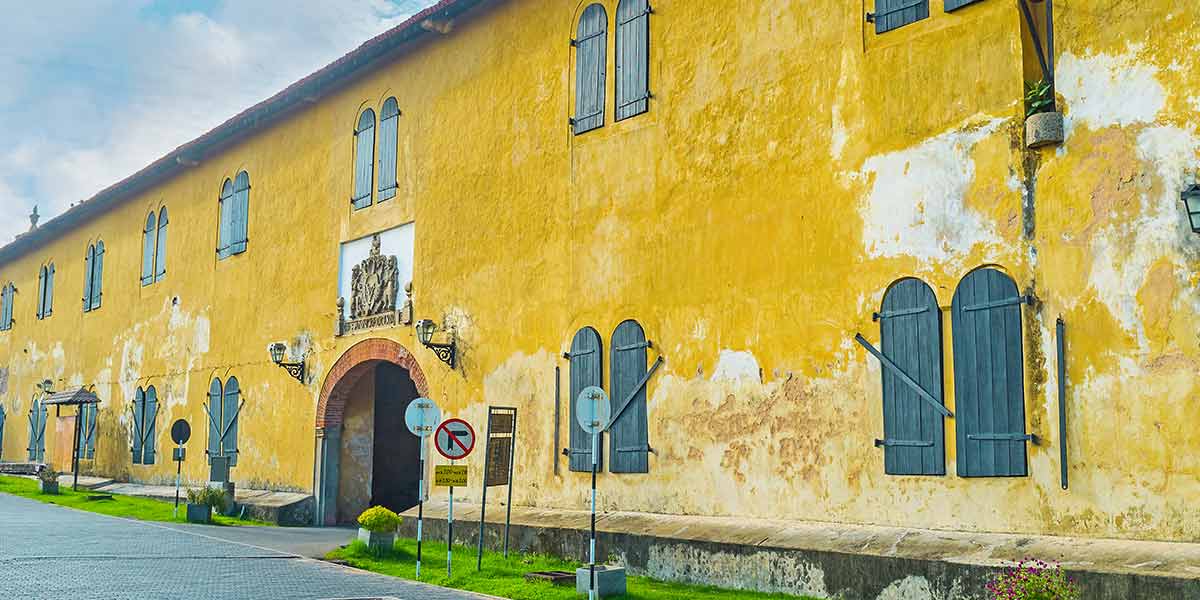
Located on the southern coast of the island, the Galle Fort was initially built by the Portuguese in 1588 and later fortified by the Dutch and British in the 17th and 18th century. This UNESCO World Heritage Site encompasses the iconic lighthouse, clocktower and beautiful structures like the Groote Kerk within the ancient ramparts of the fort. Combining historical, architectural and archaeological monuments, the Galle Fort holds a number of attractions for travellers to explore.
